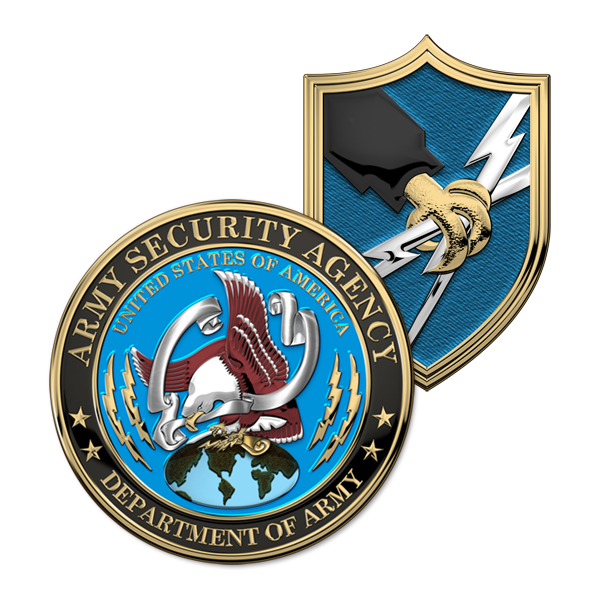The Corps of Royal Marines (RM) is the United Kingdom's amphibious light infantry force, forming part of the Naval Service, along with the Royal Navy. The Royal Marines were formed in 1755 as the Royal Navy's infantry troops. However, the marines can trace their origins back to the formation of the English Army's "Duke of York and Albany's maritime regiment of Foot" at the grounds of the Honourable Artillery Company on 28 October 1664.
As a highly specialised and adaptable light infantry force, the Royal Marines are trained for rapid deployment worldwide and capable of dealing with a wide range of threats. The Royal Marines are organised into a light infantry brigade (3 Commando Brigade) and a number of separate units, including 1 Assault Group Royal Marines, 43 Commando Royal Marines formerly Fleet Protection Group Royal Marines (previously the Comacchio Group), and a company strength commitment to the Special Forces Support Group. The Corps operates in all environments and climates, though particular expertise and training is spent on amphibious warfare, arctic warfare, mountain warfare, expeditionary warfare, and its commitment to the UK's Rapid Reaction Force.
Throughout its history, the Royal Marines have seen action in a number of major wars often fighting beside the British Army – including the Seven Years' War, the Napoleonic Wars, the Crimean War, World War I and World War II. In recent times the Corps has been largely deployed in expeditionary warfare roles such as the Falklands War, the Gulf War, the Bosnian War, the Kosovo War, the Sierra Leone Civil War, the Iraq War and the War in Afghanistan. The Royal Marines have close international ties with allied marine forces, particularly the United States Marine Corps and the Netherlands Marine Corps (Dutch: Korps Mariniers). Today, the Royal Marines are an elite fighting force within the British Armed forces, having undergone many substantial changes over time.
As always, the artworks feturing the insignia are available via my galleries at FineArt America and RedBubble. You can just follow the links in the article to get to the corresponding galleries.
To active duty or reserve military personnel, veterans and their family members: I grant an explicit permission to download the above images to be used for non-profit/non-commercial and charitable causes, benefiting troops and their families, as well as for non-commercial internal duty-specific purposes, such as unit website design, training materials and presentations. Please, contact for any other intended use.
The above information provided in part by Wikipedia, The Institute of Heraldry, Global Security, and the official websites of the corresponding units and formations.
As a highly specialised and adaptable light infantry force, the Royal Marines are trained for rapid deployment worldwide and capable of dealing with a wide range of threats. The Royal Marines are organised into a light infantry brigade (3 Commando Brigade) and a number of separate units, including 1 Assault Group Royal Marines, 43 Commando Royal Marines formerly Fleet Protection Group Royal Marines (previously the Comacchio Group), and a company strength commitment to the Special Forces Support Group. The Corps operates in all environments and climates, though particular expertise and training is spent on amphibious warfare, arctic warfare, mountain warfare, expeditionary warfare, and its commitment to the UK's Rapid Reaction Force.
Throughout its history, the Royal Marines have seen action in a number of major wars often fighting beside the British Army – including the Seven Years' War, the Napoleonic Wars, the Crimean War, World War I and World War II. In recent times the Corps has been largely deployed in expeditionary warfare roles such as the Falklands War, the Gulf War, the Bosnian War, the Kosovo War, the Sierra Leone Civil War, the Iraq War and the War in Afghanistan. The Royal Marines have close international ties with allied marine forces, particularly the United States Marine Corps and the Netherlands Marine Corps (Dutch: Korps Mariniers). Today, the Royal Marines are an elite fighting force within the British Armed forces, having undergone many substantial changes over time.
As always, the artworks feturing the insignia are available via my galleries at FineArt America and RedBubble. You can just follow the links in the article to get to the corresponding galleries.
To active duty or reserve military personnel, veterans and their family members: I grant an explicit permission to download the above images to be used for non-profit/non-commercial and charitable causes, benefiting troops and their families, as well as for non-commercial internal duty-specific purposes, such as unit website design, training materials and presentations. Please, contact for any other intended use.
The above information provided in part by Wikipedia, The Institute of Heraldry, Global Security, and the official websites of the corresponding units and formations.




